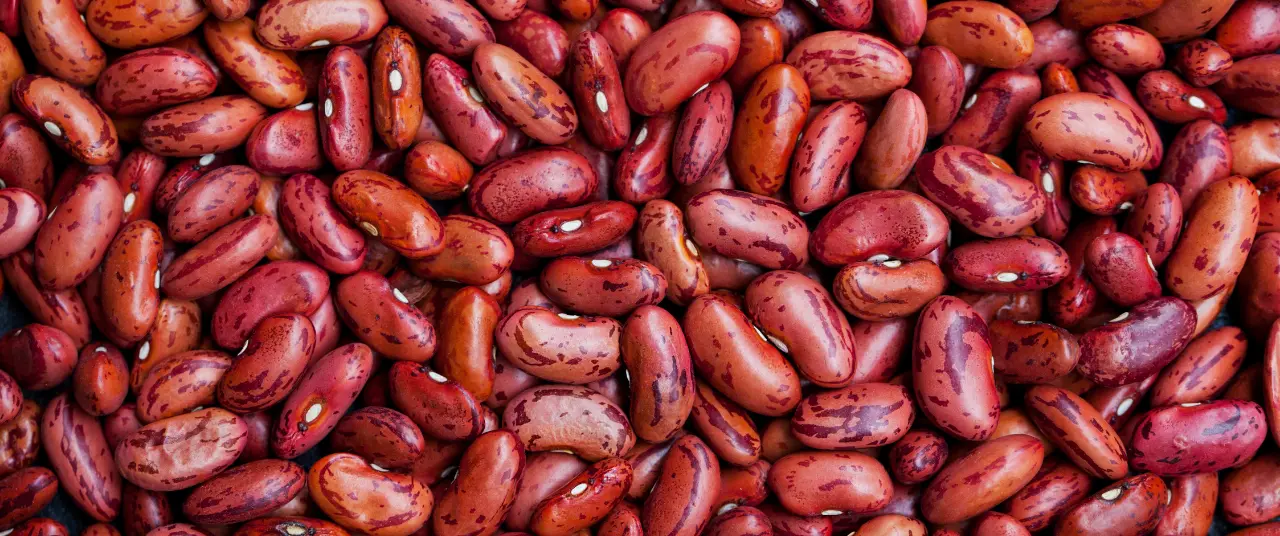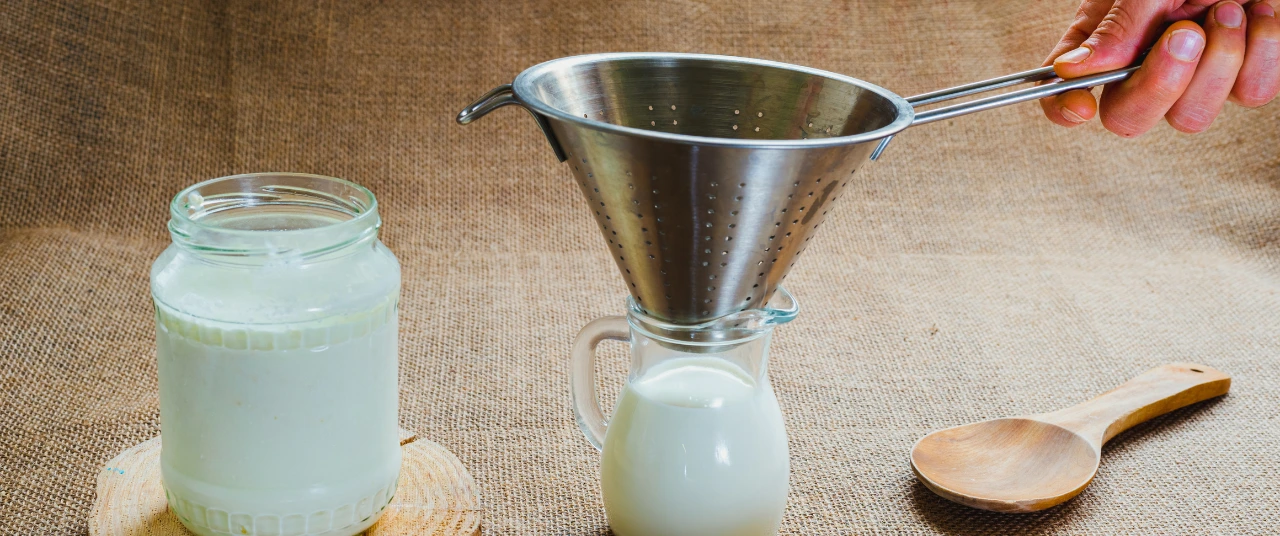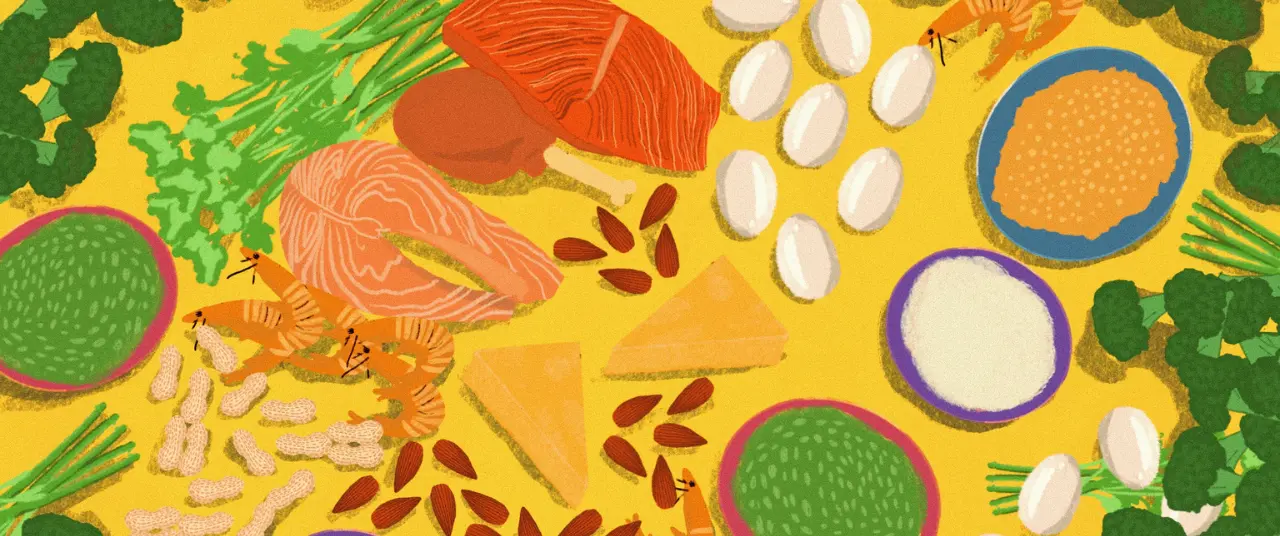Why India’s food safety rules are failing consumers






India’s food industry is fueling a health crisis, with low-nutrition processed foods contributing to rising rates of diabetes and heart disease. Additives like rhodamine B, potassium bromate, and formalin are sneaking into everyday meals, posing serious risks to public health.
“Indian companies make food on an industrial scale which has very low calorific value with hardly any minerals that are needed to the human body. They do satisfy and increase your hunger pang leading you to overeating,” said Yatish Rajawat, founder of the Center for Innovation in Public Policy.
He pointed out the “regulators are doing a disservice to a nation of 1.5 billion people” by hiding the bigger problem behind a smokescreen of actions.
“These raids are done with the basic objective of misleading the public. The regulators have to show that they are doing something but they don’t do anything against the whole food industry. It is only when public outcry rises there is a reaction. There is no fundamental change in the way these organisations work,” he said.
“The challenge the country is facing is that we now have the second highest number of diabetes in the world. We also have the largest number of cardiovascular patients so this health crisis is basically looming right in front of the industry,” he added.
%2520copy.avif)
What to avoid
As the industry continues to grapple with the issue at large, consumers need to make an effort from their end to understand what to eat and what to avoid.
Rhodamine B
A textile dye that has entered the food supply to produce brilliant pinks, greens, and blues.
Where is it used?
Commonly used as a food colouring agent in cotton candy, sweets, manchurian dishes, pakoras, and sauces for Chinese cuisine.

Potassium bromate
A flour treatment agent linked to cancer. Potassium bromate is an oxidising agent that makes bread loaves fluffy and soft.
Where is it used?
High levels of potassium bromate/iodate have been detected in sandwich bread, pav, buns, and white bread from popular brands. The same report mentioned fast food giants selling pizza and burgers also use it.
Oxytocin
Often called the cuddle hormone, oxytocin is a naturally occurring hormone that is misused in the dairy industry to boost milk production. Prolonged consumption can lead to dizziness, nausea, early puberty, mood swings, irregular heart rate, and potential harm to foetal development.
“We know of cases where the drug is stocked and supplied illegally for use other than its intended purpose. People tend to misuse it and having control over its manufacturing, sale and distribution will ensure it is used primarily in the labour rooms for deliveries,” said C K Mishra, former secretary, Ministry of Health and Family Welfare.
Where is it used?
In addition to milk, oxytocin is present in various foods rich in Vitamin D, Vitamin C, magnesium, and dietary fats, such as fatty fish, mushrooms, peppers, tomatoes, and spinach. It is also used to increase the size of vegetables like pumpkins, watermelons, brinjals, gourds and cucumbers.
Calcium carbide
Calcium Carbide is primarily used to ripen fruits. However, its components, often referred to as 'masala,' can lead to severe health problems, including dizziness, excessive thirst, irritation, weakness, difficulty swallowing, vomiting, and skin ulcers, as highlighted by the Food Safety and Standards Authority of India (FSSAI) in a warning issued in May during the height of mango season. Further, the gas released by this chemical poses significant dangers to the workers who handle it.
Where is it used?
The chemical is applied to fruits such as mangoes, bananas, and papayas to accelerate ripening. This helps ensure that fresh fruit remains available, even when it’s out of season.

Formalin
Formalin, also known as formaldehyde, can lead to both short- and long-term health issues. In the short term, it can increase the risk of abortion in pregnant women and weaken the immune system. Prolonged exposure may result in reduced fertility and has been identified as a carcinogen.
Where is it used?
Formalin is commonly used to preserve fish. Opting for wild-caught seafood instead of farmed fish can reduce the chances of consuming formalin-treated products.
Brominated vegetable oil (BVO)
Introduced in the 1930s, BVO has become a significant part of the soft drinks industry. This additive emulsifies citrus-flavoured beverages, ensuring they do not separate during distribution.
Where is it used?
BVO is found in soft drinks and has been associated with various health concerns due to its potential to accumulate in the body.

The regulatory loophole
A recent case in Karnataka revealed carcinogenic substances in 12 out of 235 cake samples tested statewide. In response, the government issued "strict instructions" to outlets to adhere to food safety and quality standards.
However, the growing number of alarming food practices reports shows that issuing warnings isn't enough. There is an urgent need for a stronger regulatory framework, given the current prevalence of food laced with unsafe materials.
“These dyes they found–has anyone questioned how harmful the dyes used by the packaged food industry are?” asked Rajawat. He pointed out that grade two dyes, along with preservatives, emulsifiers, and coagulants, are commonly used. “It is a very sad commentary on a large part of the system that has forgotten the purpose it was set up for,” he added.
Regulators are doing a disservice to a nation of 1.5 billion people.
The government's lack of attention has eroded public confidence. A 2024 survey highlighted this scepticism, with over 7 in 10 Indians expressing doubt in the country’s food regulatory authorities’ ability or willingness to ensure food safety.
In June, the Food Safety and Standards Authority of India (FSSAI) cancelled the manufacturing licences of 111 Indian spice producers, ordering them to cease operations. Following this, the Indian Spice Board, a division of the Union Commerce and Industry Ministry, released new guidelines to prevent contamination in spice production and export.
“In terms of its presence and efficacy, the FSSAI (and its counterparts) is possibly one of the weakest regulators in the country. The reason for it is, nobody has paid much attention to strengthening it over the years,” said Rajawat.
“The regulatory body in India has taken upon itself that its role is to promote the food industry. Protecting the customer and safeguarding health and nutrition has completely gone out of focus,” he added.
India's ongoing food safety issues continue to raise concerns about regulations and public health. Consumers need to take greater interest in what they eat, demanding safer practices and transparency in the food supply.
Explore other topics
References
- Raj, P. (2023). India: The diabetes capital now moving towards hypertension. Journal of Research in Medical and Dental Science. https://www.jrmds.in/articles/india-the-diabetes-capital-now-moving-towards-hypertension-97329.html
- Chatterjee, A., & Malhotra, R. (2023). Hypertension in India: A rising challenge. The Lancet Regional Health - Southeast Asia, 3, Article 100016. https://doi.org/10.1016/j.lansea.2023.100016
- Saha, S. (2023, October 17). India cracks down on wide misuse of oxytocin hormone in dairy and farming. Hindustan Times. https://www.hindustantimes.com/health/india-cracks-down-on-wide-misuse-of-oxytocin-hormone-in-dairy-and-farming/story-2SHNG6r5LMSIzucq8e5mlL.html
- Press Information Bureau. (2021). Press release. https://pib.gov.in/PressReleasePage.aspx?PRID=2021025
- GoodRx. Calcium carbide fruit ripening. Retrieved from https://www.goodrx.com/health-topic/environmental/calcium-carbide-fruit-ripening
- Aiyer, R. (2018, November 21). Is formalin present in your fish? Here’s how to buy unadulterated seafood. The Hindu. https://www.thehindu.com/life-and-style/food/is-formalin-present-in-your-fish-heres-how-to-buy-unadulterated-seafood/article24431555.ece
- Shankar, A. (2023, October 16). Karnataka food safety department finds carcinogenic ingredients in 12 samples of cakes in state. The Hindu. https://www.thehindu.com/news/cities/bangalore/karnataka-food-safety-department-finds-carcinogenic-ingredients-in-12-samples-of-cakes-in-state/article68707034.ece
- LocalCircles. (2023). Consumer survey on food safety. Retrieved from https://www.localcircles.com/a/press/page/consumer-survey-on-food
- Times of India. (2023, October 16). FSSAI cancels manufacturing licences of 111 spice producers across India. Times of India. https://timesofindia.indiatimes.com/life-style/food-news/fssai-cancels-manufacturing-licences-of-111-spice-producers-across-india/articleshow/111400965.cms











